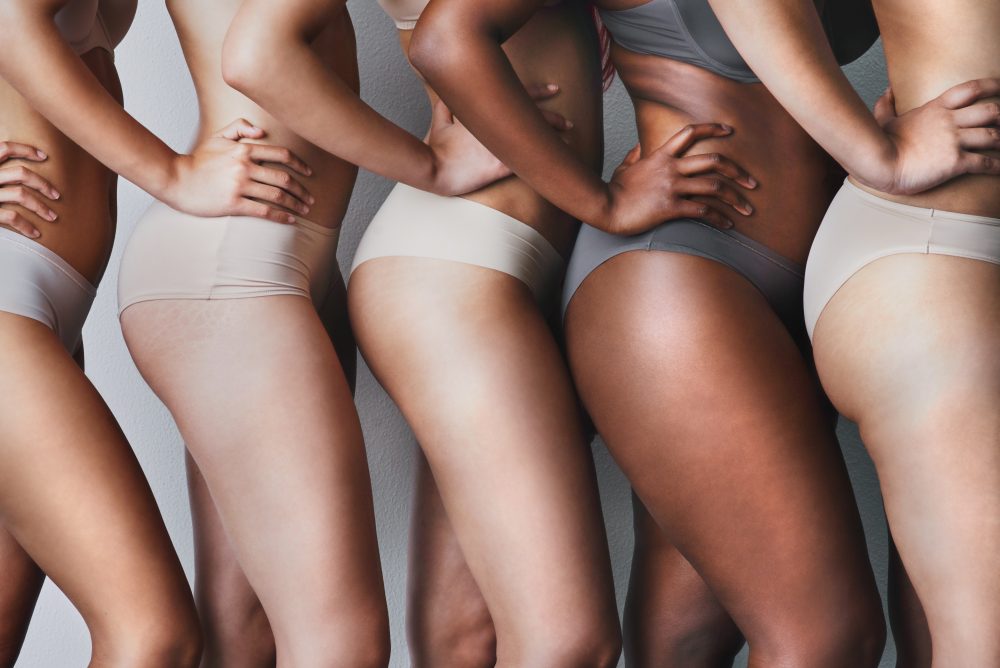
Have you ever wondered why some people look so damn good? Is it genetics? Do they have a performance advantage? What exercise methods are they using? Light weights? Compound movements? Body weight? Cardio? How many hours per day?
Do you remember a period in your life where everything just clicked? You woke up feeling energized, focused, and motivated to move with purpose. Your routine complemented your busy lifestyle and exercise provided inspiration to tackle life’s challenges.
If you can recall a time when your body felt “in sync” it’s most likely not random. Making informed decisions about your health is empowering, and there’s a reason why certain exercise programs and food philosophies complement your body, phase of life, and genetic makeup.
We encourage taking the time to learn how your body functions optimally. This includes identifying somatotype (body shape and physical composition) as a framework, and factoring in variables such as: age, diet history, hormonal health, growth, development and sleep patterns. With these factors in mind it becomes easier to develop and implement a fitness strategy that works for your body.
Understanding your somatotype is an excellent starting point to help you identify realistic goals and can help you implement an eating and training strategy for weight loss, recovery, and performance.
Females fall into the following four categories with these distinct characteristics:
Ectomorphs are naturally long and thin with slim shoulders, hips, ankles, and wrists. Ectomorphs usually struggle to gain weight and develop muscle mass. Most ectomorphs maintain lean limbs even when out of physical shape.
Mesomorphs have the much desired hourglass figure with wide shoulders and hips and a narrow distinct waist. Female mesomorphs typically gain and lose weight very easily. This body type is often associated with successful female athletes.
Meso-endomorphs tend to carry weight in their mid sections. They typically have wider hips and narrow shoulders and are disproportionately larger on the bottom with weak upper body strength.
Endomorphs are usually disproportionately larger throughout the chest and abdomen. Female endomorphs commonly gain weight very easily and have to implement frequent exercise to maintain weight.
Males fall into the following four categories with these distinct characteristics:
Ectomorphs are typically skinny in the arms, legs, ankles, and wrists. Male ectomorphs typically have little muscle mass and are considered “hard gainers.”
Ecto-mesomorphs can be very lean or very muscular. They tend to have broad shoulders and a narrow waist. Ecto-mesomorphs gain weight in the abdomen and lower back/glutes.
Mesomorphs are typically very muscular and perform well in athletics. (Think of football players, sprinters, and other power producing athletes.) Male mesomorphs have large broad chests, larger arms, calves, thighs, and a square abdomen. Most mesomorphs respond quickly to training stimulus and need to be physically active in order to maintain their weight.
Endomorphs tend to be short and curvaceous. They typically have small shoulders and thick waists. Endomorphs typically need to implement rigorous and frequent exercise to lose weight.
Due to the fact that most individuals have overlap between body types, understanding where you fall between categories can help establish fitness goals and provide a baseline for implementing effective training protocols and eating philosophies. (Of course WeCollab is here to help!!) The purpose of utilizing somatotype is to help identify a framework for eating and exercise. The more you know about how your body works, the easier it is to modify your lifestyle with realistic and attainable goals.
xx,
WeCollab
Resources:
Annesi, J. J., Johnson, P. H., Tennant, G. A., Porter, K. J., & McEwen, K. L. (2016). Weight Loss and the Prevention of Weight Regain: Evaluation of a Treatment Model of Exercise Self-Regulation Generalizing to Controlled Eating. The Permanente Journal, 20(3), 4–17.
Chaouachi, M., Chaouachi, A., Chamari, K., Chtara, M., Feki, Y., Amri, M., & Trudeau, F. (2005). Effects of dominant somatotype on aerobic capacity trainability. British Journal of Sports Medicine, 39(12), 954–959.
Guth, L. M., & Roth, S. M. (2013). Genetic influence on athletic performance. Current Opinion in Pediatrics, 25(6), 653–658.